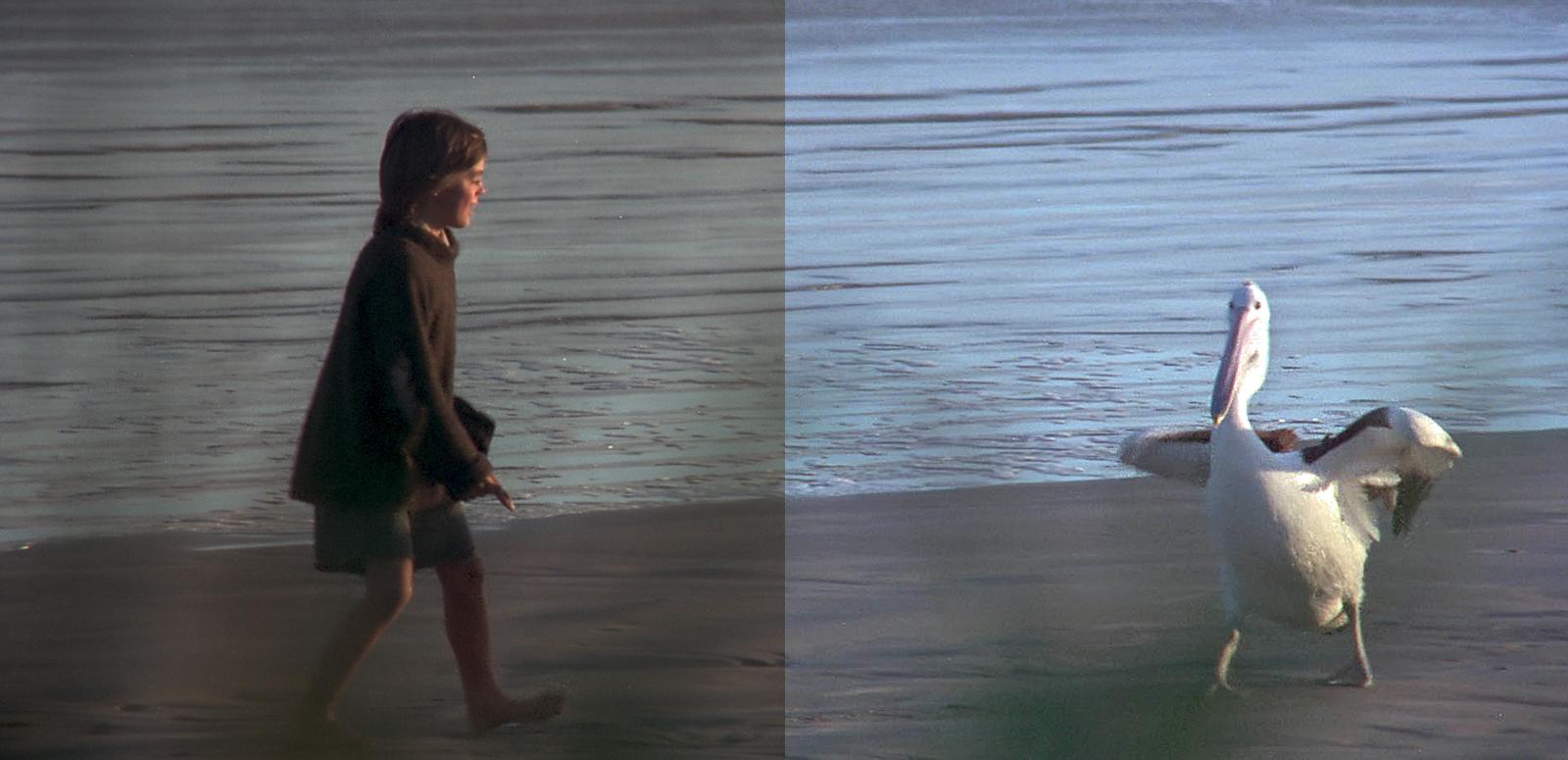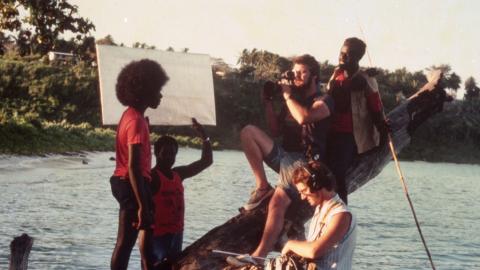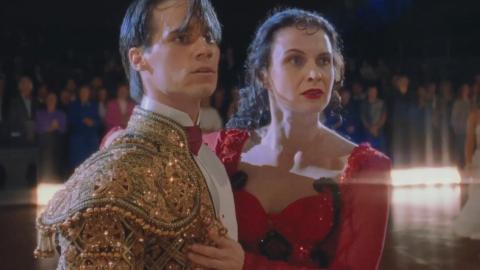

NFSA Restores
NFSA Restores
Film is part of the DNA of this country, and to experience it on the big screen fills us with a sense of who we are as Australians. Together we can preserve our film culture, the stories we want to keep telling.
Margaret Pomeranz, NFSA Ambassador
NFSA Restores is an exciting program to digitise, restore and preserve, at the highest archival standards, classic and cult Australian films so they can be seen on the big screen in today’s digital cinemas.
Our collection belongs to all Australians but it is fragile. Films, tapes, recordings, photographs and costumes can all deteriorate over time and need constant care.
We're always working to preserve Australia's audiovisual collection and make it available to as many people as possible. But we can do so much more with your help.
Support the preservation of Australia's audiovisual history. Donations over $2 are tax deductible.
Click here to donate now to the NFSA Restores campaign.
THE RESTORED FILMS
You can view clips from NFSA Restores films in our curated collection.
Go to NFSA Restores collection
ABOUT NFSA RESTORES
An industry advisory panel – including NFSA Ambassador Margaret Pomeranz, participates in the selection of titles for restoration, balancing:
- Culturally significant films – features and documentaries
- At-risk films whose original materials call for restoration
- Popular films that have resonated with the media and the public
- Future cult hits and films awaiting rediscovery
- Early works of renowned filmmakers or actors.
For NFSA Restores, we utilise the best available original picture and sound materials, from both the NFSA collection and around the world. Restored films are migrated every five years to ensure their format remains contemporary and they are available as Digital Cinema Packages (DCP) for screening in today’s cinemas. We are working with restoration partners and copyright owners to ensure that audiences around Australia can enjoy these restored films.
THE RESTORATION PROCESS
Digital restoration is highly specialised work, with a film costing anywhere from $50,000 to $150,000, depending on its condition. These are some of the things we have to do to restore a film:
- Digitising – Before we can begin our restoration work, we need to digitise the films. This involves running film through a film scanner and digitising each individual frame. An average-length feature film like Proof has over 140,000 frames.
- Cleaning – Film is fragile and despite how carefully it is stored and handled, it will eventually become marked by dirt and scratches. Unfortunately, film scanners pick up all these imperfections, so we need to go through frame by frame to digitally remove any unwanted marks, so that the film looks as clean as the day it was first developed.
- Colour grading – Film is made with chemicals that can change over time, causing films to become faded or colours to become distorted. Film colour experts use digital colour grading software to restore faded colours and recreate how the film originally looked.
- Audio syncing – Before we can begin restoring a film’s audio we have to make sure it syncs up with the original film. Because there are usually multiple versions of films cut for domestic and international markets, and because film and audio components are created and stored separately, it can take a while to find the right sound for the right pictures.
- Audio cleaning – Like film, audio can degrade over time and needs to be restored by our sound technicians. We use a variety of digital software tools to get rid of any unwanted audio distortion, and to ensure that the audio levels are appropriate for screening in a cinema.
The National Film and Sound Archive of Australia acknowledges Australia’s Aboriginal and Torres Strait Islander peoples as the Traditional Custodians of the land on which we work and live and gives respect to their Elders both past and present.


